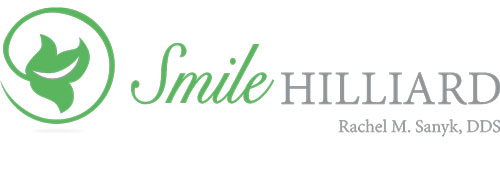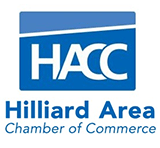Navigating dental plans can be overwhelming. However, it doesn’t have to be. To simplify the process for you, we’ll identify the various types of plans and explain how they differ from each other.
What Are the 3 Main Types of Dental Plans?
The three types of dental plans include:
- Dental Maintenance Organization (DMO) Plans generally are the lowest cost plans for consumers
- Preferred Provider Organization (PPO) Plans allow patients the most control over their dental care
- Dental Discount Plans are considered more of a membership benefit as opposed to paid coverage
What Is a DMO Insurance Plan?
A DMO plan requires you to see a very limited network of providers. Under this type of plan, your insurance company will assign you to a specific dentist, and this is the only provider at which your benefits may be used. More often than not, these dental assignments are made to larger, corporate practices rather than smaller, service-driven family practices.
A dentist that accepts a DMO insurance plans participates in what is called a “capitation plan.” They receive a small dollar amount from the insurance company for each plan participant that is “assigned” to them. In return for this capitation payment, the dentist agrees to do certain procedures for these patients (exams, cleanings, x-rays, fillings, etc.) free of charge. There’s no cost to the patient for these services, nor does the insurance company pay anything towards these procedures.
Sounds great, right? Not necessarily… Dentists who participate with DMO plans will almost always participate with other types of insurance plans as well. What this means is, for patients with DMO plans, there are often limits set on available appointments and long waits to be seen, as an office may give priority to patients with other types of plans where they do not have to do this “free” work.
Many offices that accept DMO plans actually hope that you never schedule with them, because they receive the capitation payment from the insurance company regardless of whether or not you come in for an appointment. Even worse, because so much of the dentistry must be performed at no charge, some DMO offices may be tempted to “over-diagnose” more significant work for which they are allowed to bill (such as root canals, crowns, or other things), to help cover their operating costs, which is very unethical behavior. Although this is rare, there have been reported cases.
Despite these negatives, the cost of DMO insurance is generally the lowest for the consumer because the insurance company ends up paying very little compared to other types of plans. For patients on a strict budget, this low cost of premiums may be appealing. The key word to remember with DMO insurance is AFFORDABILITY.
What Is a PPO Insurance Plan?
A PPO plan generally costs a little bit more than a DMO plan; however, it offers you much more freedom of choice. For instance, a PPO plan lets you visit any dentist you choose. Your insurer has negotiated lower rates with the dentists that participate in the PPO’s network, which means you’ll typically receive the maximum benefit when you use one of these dentists. In exchange for these discounted rates, the insurance company will steer their policyholders towards these contracted dentists, which helps them to keep busy and grow their practices.
An insurance carrier’s PPO network is much larger than a DMO network, so your choice of in-network providers is significantly greater. You’re also covered if you see a dentist who’s not in the network, but you may have to pay a little bit more. Many times, we find the cost differences between in-network coverage and out-of-network to be minimal; however, every plan is different. Your benefits allowances and coverage levels are solely determined by your employer and the insurance company.
PPO plans also have annual benefit maximums, deductibles, and other limitations, such as waiting periods, frequency limits, missing tooth and replacement clauses, or other restrictions that limit your benefits and increase patient costs. Despite the slightly higher consumer cost, a PPO plan generally offers a much wider array of options to a patient and typically covers more types of services than a DMO plan. The key word to remember with PPO insurance is FLEXIBILITY.
What Is a Dental Discount Plan?
A Dental Discount Plan is actually not dental insurance at all. Once a Dental Discount Plan is purchased, the insurance company simply gives the consumer access to their network of providers and their contractually-reduced rates. However, no benefits are ever paid out by the insurance company. The patient pays the dentist directly for all treatment, with no claims to file or restrictions to monitor.
These plans may be a good option for people who are satisfied with an in-network provider but don’t have access to group coverage through an employer, or those who have an immediate dental need but significant cost constraints. However, one thing to remember is that, if the dentist chooses to end their contract with the insurance company, the discount will no longer apply at that office. The key word to remember with Dental Discount Plans is ACCESS.
Which Dental Benefits Plan Is Best?
Selecting the right dental plan can be very difficult. The type of plan that best suits you is a personal decision and varies based on your unique circumstances. At Smile Hilliard, we are only able to accept Dental PPO plans, where you’re free to select the dentist of your choice. We are in-network with most of the major insurance PPO plans, and we’re also able to accept Dental Discount Plans for these companies as well.
Additionally, we offer our own In-House Membership Club to all patients without insurance coverage! Often, our membership club is less expensive than what you would pay in dental insurance premiums, yet offers even better benefits than standard insurance providers. For more information, or to join our membership club, click here: The Smile Hilliard Membership Club.





